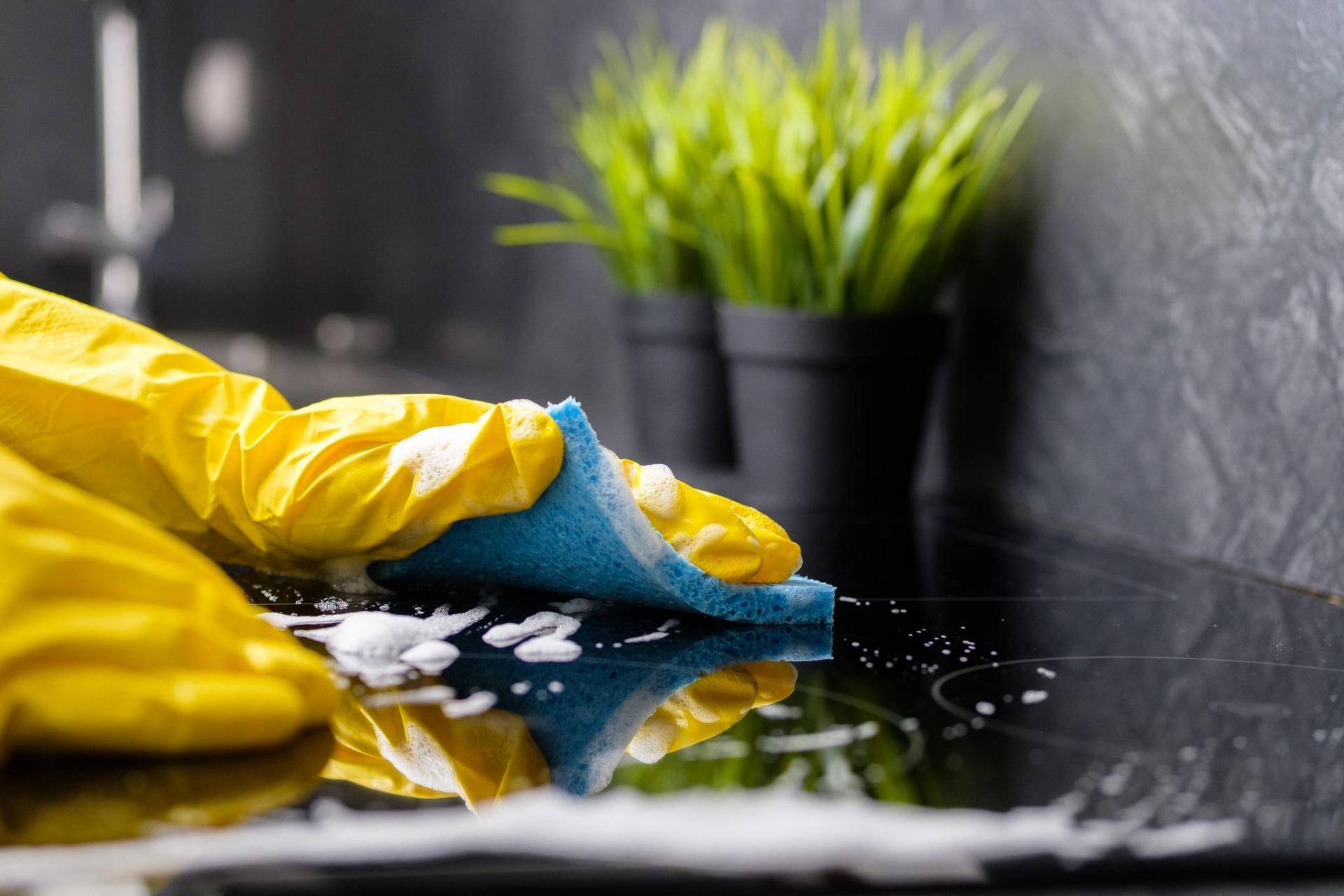By Emma Parkhurst
With many illnesses circulating, including the common cold, flu, RSV, hand-foot-mouth disease and the COVID virus, the new year is an excellent time to reevaluate hygiene habits. How often do you clean and disinfect items used daily, such as electronics or water bottles? Did you know there is a difference between cleaning, sanitizing and disinfecting?
- Cleaning – Regular cleaning will remove most germs, dirt and impurities from surfaces. Use water and soap to reduce the risk of infection from surfaces in your home. Experts recommend cleaning first before sanitizing or disinfecting since dirt and other impurities may make it more difficult for chemicals to kill germs. Areas of focus include high-touch surfaces such as light switches, electronics, doorknobs, countertops, etc.
- Sanitizing – Sanitizing reduces the remaining germs on surfaces after cleaning and can be done with a weak bleach solution or commercial sanitizing spray. For nonporous objects, sanitize by boiling, steaming or using a diluted bleach solution. Depending on the item, you may be able to put it in the dishwasher on a sanitizing cycle.
- Disinfecting – Disinfecting kills most bacteria and viruses that remain on surfaces after cleaning and sanitizing. By disinfecting after cleaning, you can significantly lower the risk of spreading disease. According to the CDC, it is not necessary to sanitize or disinfect daily unless someone in your home is sick or someone who was recently ill visited. To disinfect, use an EPA-registered disinfecting product or a stronger bleach solution. Wash your hands with soap and water for at least 20 seconds immediately after using disinfectants.
Consider these cleaning tips for regularly used items.
Electronics – Many of us use our phones, tablets, touch screens, remote controls and other devices dozens of times a day. And while the best way to keep germs from spreading is to wash our hands frequently, we can also reduce the risk of infection by regularly cleaning the items we use. The CDC suggests following the manufacturer’s instructions and recommendations for cleaning electronic devices, but general tips include putting a wipeable cover on devices to make cleaning and disinfecting easier and using a slightly damp, lint-free cloth. Do not spray anything directly on the device, and keep liquids or moisture away from openings.
Water bottles – Experts recommend washing and sanitizing bottles after each use to keep them clean and not sharing a water bottle with someone who has cold-like symptoms. If your bottle is dishwasher safe, you can clean and disinfect it there. If it is not, Michigan State University Extension suggests you wash the bottle in hot water with a teaspoon of unscented dish soap each day to reduce the risk of illness from bacterial growth. Soak the bottle in soapy water for a few minutes, rinse it with warm water and let it completely dry before the next use. Avoid leaving water in your water bottle for long periods.
And don’t forget the health precautions we learned during COVID. Wash your hands or use hand sanitizer when soap and water are not available. Cover your nose and mouth when you sneeze or cough. Avoid close contact with people who are sick, and avoid sharing personal items with them. Stay up-to-date on immunizations, and stay home when you do not feel well.

